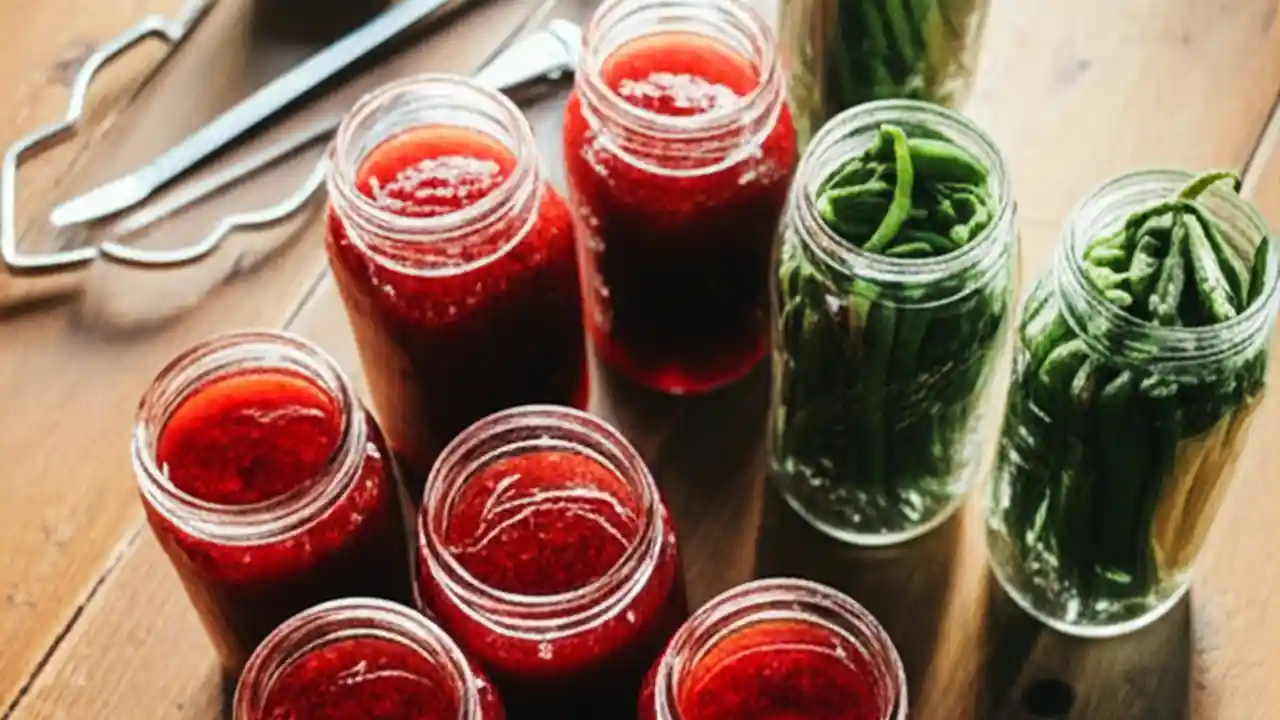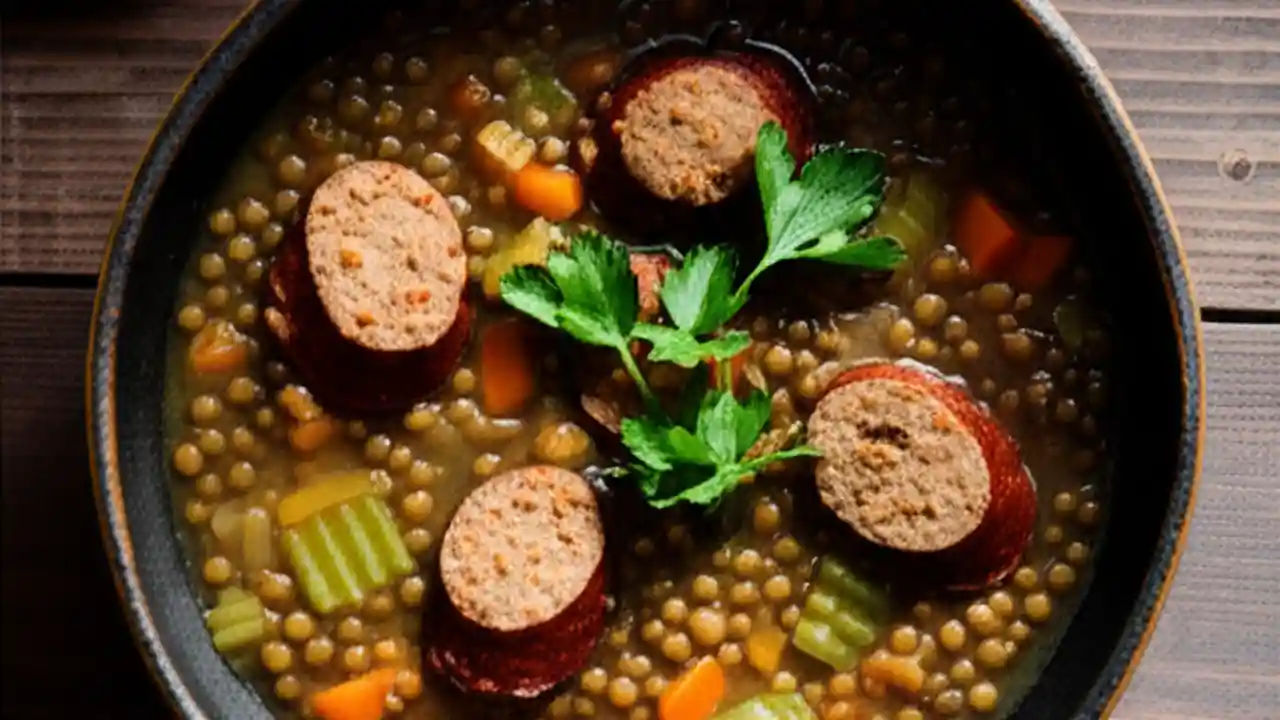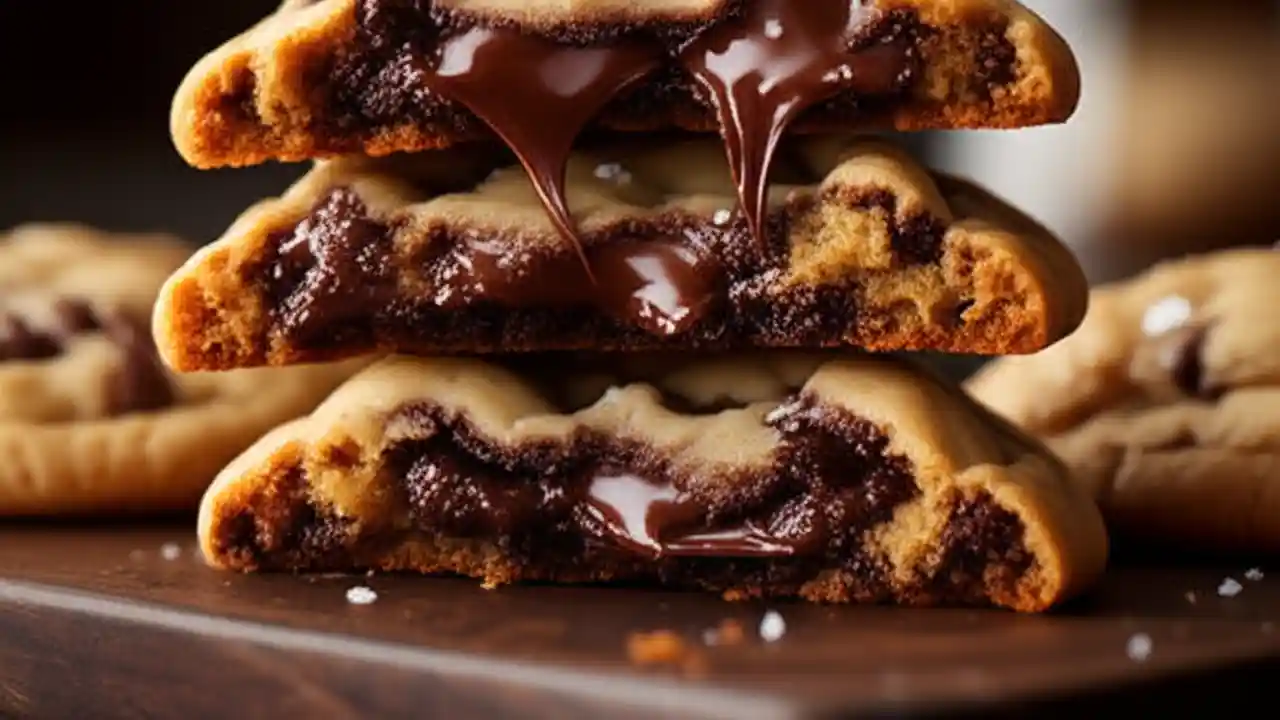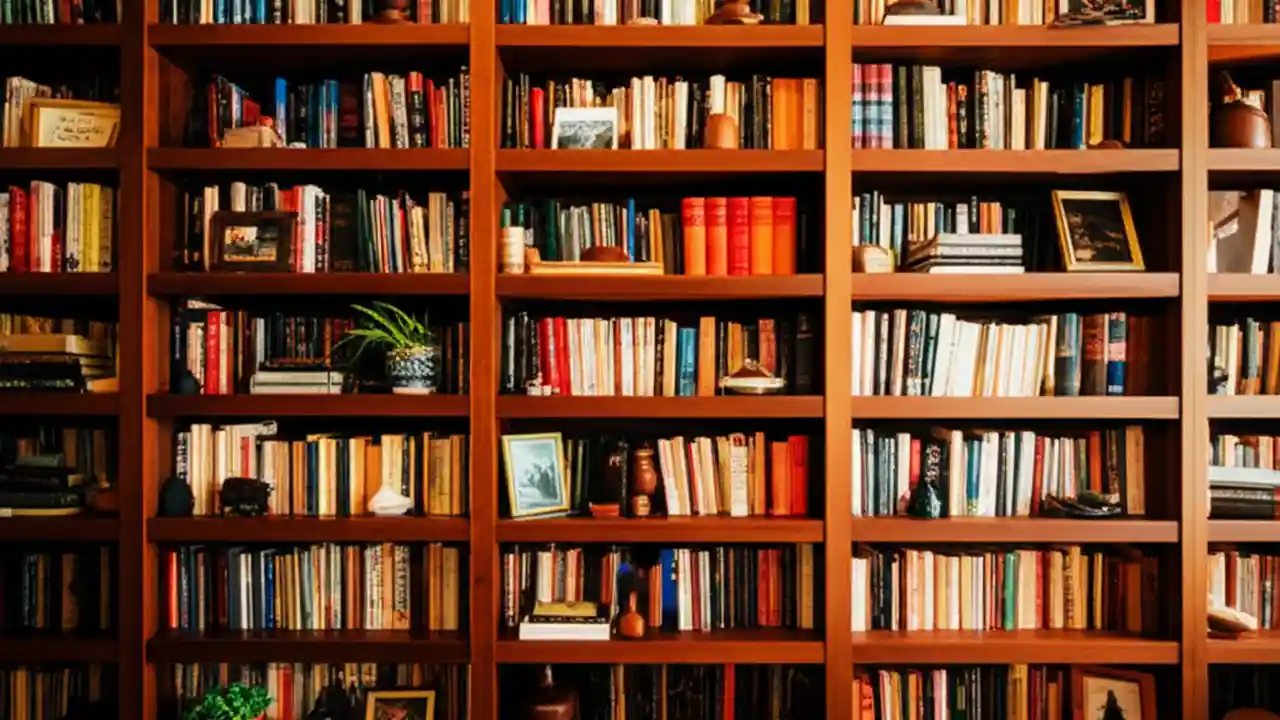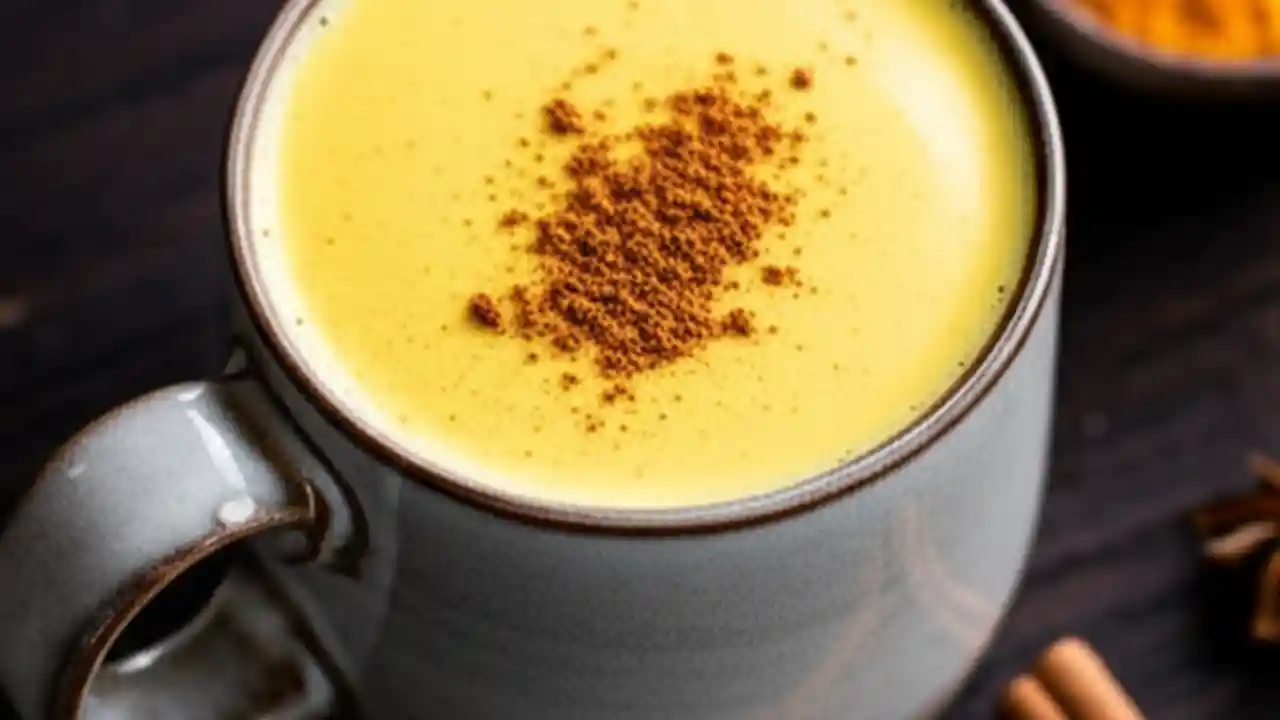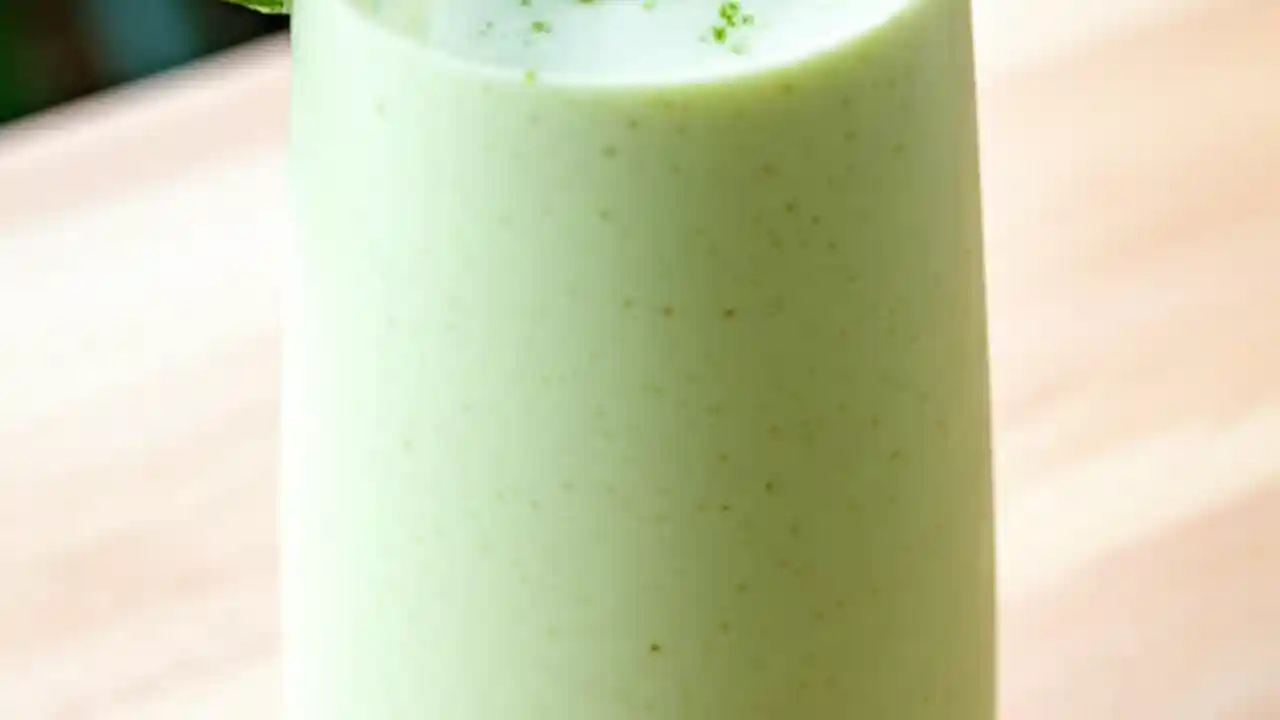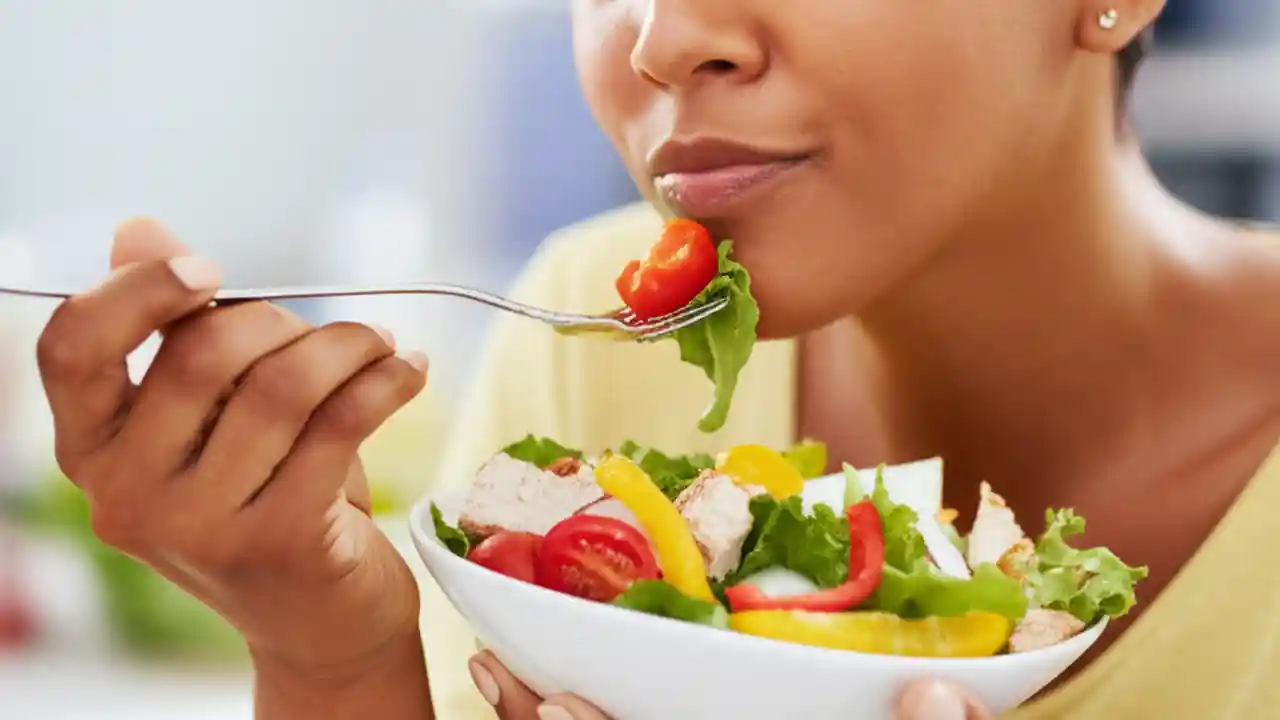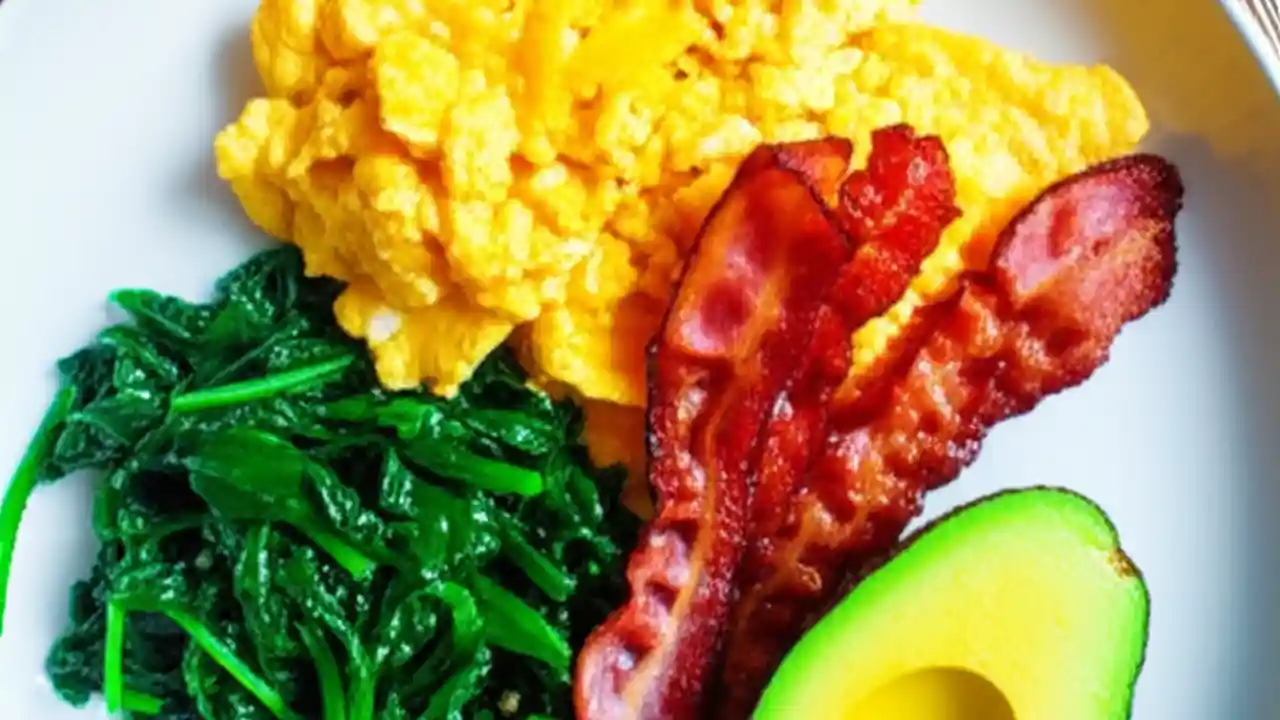Yes, you can absolutely create powerful, safe, and incredibly affordable cleaning supplies right in your own kitchen. For over 20 years, I’ve relied on a handful of simple pantry staples like white vinegar, baking soda, and a good liquid soap to keep my home sparkling. Making your own cleaning supplies isn’t just about saving money; it’s about taking control of the ingredients you bring into your home and reducing your environmental footprint.
This guide is the culmination of two decades of trial, error, and discovery. I’ll walk you through everything you need to know, from the essential ingredients and must-have tools to the best natural cleaning recipes that actually work. We’ll cover how to tackle everything from greasy stovetops to streaky windows, all while keeping your family and pets safe.
Forget the overwhelming chemical aisle at the store. By the end of this article, you’ll feel confident and empowered to mix your first batch of all-purpose cleaner and start a journey toward a simpler, cleaner, and healthier home.
Table of Contents
Getting Started: Your DIY Cleaning Toolkit
Before you start mixing, let’s gather your “power tools.” The beauty of this approach is its simplicity. You likely have most of these items already. Think of these as your core building blocks for nearly every cleaning task.
What are the essential ingredients for homemade cleaners?
You don’t need a whole laboratory to get started. These six ingredients are the foundation of my entire cleaning arsenal. I buy them in bulk to save even more money, and they last for ages.
| Ingredient | What It Does & Why It Works | Best For |
|---|---|---|
| Distilled White Vinegar (5% acidity) | Its acidity (acetic acid) is brilliant for cutting through grease, dissolving mineral deposits (like hard water stains), and removing soap scum. It’s a fantastic mild disinfectant. | All-purpose cleaning, glass, descaling coffee makers, fabric softener substitute. |
| Baking Soda (Sodium Bicarbonate) | A gentle abrasive that scrubs surfaces without scratching. It’s also a natural deodorizer, absorbing and neutralizing odors instead of just masking them. | Scouring sinks and tubs, deodorizing refrigerators and carpets, cleaning ovens. |
| Castile Soap (unscented liquid) | A versatile, vegetable-based soap that’s tough on dirt and grime but gentle on surfaces and skin. It’s a true multi-tasker that you can use for dishes, floors, and more. | All-purpose sprays, floor cleaners, foaming hand soap, dish soap. |
| Rubbing Alcohol (Isopropyl, 70%) | A fantastic disinfectant and solvent. It evaporates quickly, which makes it perfect for streak-free cleaning on glass and shiny surfaces. | Disinfecting surfaces, cleaning electronics (carefully!), removing sticky residue, glass cleaner. |
| Hydrogen Peroxide (3% solution) | A safe and effective alternative to chlorine bleach. It works by oxidizing, which helps to whiten, remove stains, and disinfect surfaces. It breaks down into just water and oxygen. | Stain removal on laundry and grout, disinfecting cutting boards, whitening tile grout. |
| Essential Oils (optional) | These add a natural, pleasant fragrance to your cleaners. Some, like tea tree and lemon, also have natural antibacterial and antifungal properties. | Adding scent, boosting cleaning power (tea tree, lemon, orange). |
What basic equipment will I need?
Having the right tools makes the process much smoother. I’ve learned that investing in a few good-quality spray bottles is worth it. Look for glass bottles, as they don’t react with essential oils and last forever.
- Spray Bottles: I recommend at least three 16-ounce glass spray bottles. They’re durable, reusable, and you can see how much cleaner is left.
- Microfiber Cloths: These are non-negotiable for a streak-free finish. They trap dust and absorb liquid far better than paper towels or old rags.
- Funnels: A small kitchen funnel prevents spills and makes getting liquids into your spray bottles a mess-free process.
- Measuring Cups and Spoons: Accuracy is key for recipes that work consistently. Use your standard kitchen set.
- Labels or a Permanent Marker: Always, always label your bottles. You don’t want to mix up your glass cleaner with your wood polish. Trust me on this one.
Is it really cheaper to make my own cleaning supplies?
Yes, without a doubt. The initial investment in your base ingredients might be around $20-$25, but those ingredients will make gallons of cleaner. Let’s look at a quick cost breakdown for a standard all-purpose cleaner.
| Item | Store-Bought Cost (16 oz) | DIY Cost (16 oz) |
|---|---|---|
| All-Purpose Cleaner | $3.50 – $5.00 | Approximately $0.35 |
To make 16 ounces of my go-to all-purpose spray, you need about 8 ounces of vinegar (~$0.15) and 8 ounces of water (practically free). Even if you add a few drops of essential oil, the cost is a tiny fraction of a commercial cleaner. The savings add up incredibly fast.
The Golden Rules of DIY Cleaning Safety
While we’re using simple ingredients, chemistry is still at play. Safety is paramount. Following these rules will ensure your DIY cleaning journey is a safe and effective one. This is the most important section of this guide.
What should you NEVER mix when making cleaners?
I can’t stress this enough. Certain combinations create toxic gases that are extremely dangerous to inhale. Memorize this list. Never experiment by mixing different cleaners, whether homemade or store-bought.
| Do NOT Mix | Resulting Hazard | Why It’s Dangerous |
|---|---|---|
| Vinegar + Bleach | Chlorine Gas | Causes severe coughing, breathing problems, and chemical burns to the lungs. It’s a chemical warfare agent. |
| Vinegar + Hydrogen Peroxide | Peracetic Acid | Highly corrosive and can irritate skin, eyes, throat, and lungs. Potentially toxic. |
| Rubbing Alcohol + Bleach | Chloroform | A highly toxic substance that can cause damage to the nervous system, liver, and kidneys. |
The rule of thumb is simple: Use your recipes as directed. Don’t add bleach to any of your DIY solutions. And if you’re cleaning a surface where you’ve recently used bleach (like a toilet bowl), rinse it thoroughly with water before using a vinegar-based cleaner.
Are homemade cleaners safe for all surfaces?
This is a fantastic question. While these ingredients are versatile, they aren’t universal. Using the wrong cleaner on the wrong surface can cause permanent damage. Here’s a quick cheat sheet:
- Vinegar (Acid): Never use vinegar on natural stone surfaces like marble, granite, or travertine. The acid will etch and dull the finish. Also, avoid using it on unsealed grout, as it can break it down over time.
- Baking Soda (Abrasive): While gentle, it can be too abrasive for certain surfaces. Avoid using it on aluminum (can cause oxidation), delicate glass cooktops (can leave micro-scratches), or wood finishes.
- Hydrogen Peroxide (Oxidizer): It can have a mild bleaching effect, so always do a spot test on colored fabrics or carpets before using it as a stain remover.
When in doubt, always test your cleaner on a small, inconspicuous area first!
How do I store homemade cleaners properly?
Proper storage ensures your cleaners remain effective and safe. First, as mentioned, label every single bottle clearly with its contents and purpose (e.g., “All-Purpose Vinegar Cleaner”). Store them in a cool, dark place, away from direct sunlight, which can degrade ingredients like hydrogen peroxide and essential oils. Most importantly, keep them out of reach of children and pets, just as you would with any commercial cleaning product.
Must-Have Recipes for Every Room
Alright, let’s get to the fun part! Here are my time-tested, go-to recipes that will cover about 90% of your cleaning needs. They are simple, effective, and easy to whip up.
How do I make the best all-purpose cleaner?
This is the workhorse of my cleaning caddy. I use it for countertops (except stone!), wiping down the outside of appliances, cleaning high chairs, and so much more. It’s my daily driver.
- Gather Your Ingredients: You’ll need a 16 oz spray bottle, distilled white vinegar, and water. A few drops of essential oil are optional for scent.
- Mix the Solution: Fill the spray bottle halfway with distilled white vinegar.
- Add Water: Top off the bottle with distilled or filtered water. Using distilled water prevents mineral spots from tap water.
- Add Scent (Optional): Add 10-15 drops of your favorite essential oil. Lemon or orange are great for cutting grease and leaving a fresh scent.
- Shake and Use: Screw on the top, give it a gentle shake, and it’s ready to go.
I remember being skeptical that something this simple could work on my greasy kitchen backsplash, but the vinegar cut right through it. It was the “aha!” moment that got me hooked.
What’s the secret to a streak-free DIY glass cleaner?
The frustration of streaky mirrors is real. The key ingredients here are rubbing alcohol, which evaporates quickly, and a tiny bit of cornstarch to act as a super-fine abrasive that buffs the glass to a shine.
Recipe for a 16 oz bottle:
- 1/4 cup rubbing alcohol (70%)
- 1/4 cup distilled white vinegar
- 1 tablespoon cornstarch
- Fill the rest of the bottle with warm distilled water
Combine all ingredients in your spray bottle and shake well before each use to mix the cornstarch. Spray on glass or mirrors and wipe clean with a dry microfiber cloth for a perfect, streak-free finish.
How can I make a powerful bathroom cleaner for soap scum?
Soap scum is a stubborn mix of hard water minerals and soap residue. It needs a two-pronged attack: something to dissolve the minerals (vinegar) and something to scrub away the grime (baking soda).
For Sinks and Tubs (The Paste Method):
- Create a thick paste using baking soda and a small amount of water.
- Spread the paste over the soap scum and let it sit for 15-20 minutes.
- Spray the area with your all-purpose vinegar cleaner. It will fizz! This is the chemical reaction helping to lift the grime.
- Scrub with a non-scratch sponge or brush and rinse thoroughly.
For weekly maintenance, a spray made of equal parts water, vinegar, and a teaspoon of castile soap works wonders to prevent buildup.
What’s a safe DIY floor cleaner for different floor types?
Floors can be tricky since materials vary so much. Using the wrong solution can strip finishes or damage the material. Here’s a simple guide.
| Floor Type | Safe DIY Cleaner Recipe (for 1 gallon of warm water) | Instructions & Cautions |
|---|---|---|
| Sealed Hardwood & Laminate | 1/4 cup white vinegar. Optional: 2-3 drops of castile soap. | Vinegar is acidic, so use sparingly. The key is a damp—not wet—mop. Never let water pool on the floor. |
| Tile & Vinyl | 1/2 cup white vinegar + 1 tablespoon castile soap. | This solution is great for cutting through dirt on durable surfaces. Rinse with clean water if you notice any residue. |
| Natural Stone (Marble, Granite) | A few drops of pH-neutral dish soap (like plain castile soap). NO VINEGAR. | Mix with warm water. Clean, then rinse with a separate mop and plain water to remove all soap residue. |
Effectiveness and Common Questions
It’s natural to have questions about whether these simple solutions can stand up to years of marketing from big chemical companies. Let’s address some of the most common concerns.
Are homemade cleaners as effective as commercial ones?
For 95% of everyday cleaning tasks—wiping counters, cleaning floors, washing windows, scrubbing sinks—the answer is a resounding yes. They are fantastic at cutting grease, removing dirt, and deodorizing. Where commercial products sometimes have an edge is in heavy-duty disinfecting or specialized tasks like unclogging a drain with harsh chemicals.
My philosophy is to use the gentlest effective solution first. For everyday messes, DIY is king. For the rare occasion I need something more, like dealing with a mold outbreak, I might consider a targeted commercial product after researching it carefully.
Do DIY cleaners actually disinfect?
This is a crucial point. There’s a difference between cleaning (removing dirt), sanitizing (reducing bacteria to a safe level), and disinfecting (killing nearly all germs). Vinegar and tea tree oil have mild disinfectant properties, great for everyday surfaces. For true disinfecting, you need something stronger.
- 70% Rubbing Alcohol: An excellent disinfectant for hard surfaces. Let it sit on the surface for at least 30 seconds to be effective.
- 3% Hydrogen Peroxide: A great disinfectant, especially for things like cutting boards or in the bathroom. Spray it on, let it bubble and sit for 5-10 minutes, then wipe. Keep it in its original dark bottle, as light breaks it down.
So yes, you can disinfect with DIY ingredients, but you have to use the right ones for the job.
Which essential oils are best for cleaning?
While primarily for scent, some essential oils add a little extra punch to your cleaners. My favorites are:
- Lemon: A natural degreaser with a fresh, clean scent.
- Tea Tree: Well-known for its powerful antibacterial and antifungal properties. Great for bathrooms.
- Lavender: Naturally antibacterial and has a calming, pleasant aroma.
- Peppermint: A great insect repellent (spiders hate it!) and has antibacterial properties.
A little goes a long way. Usually, 10-20 drops per 16-ounce bottle is plenty.
Your Journey to a Simpler, Cleaner Home
Switching to homemade cleaning supplies is one of the most rewarding changes I’ve ever made in my home. It’s empowering, better for my wallet, and gives me complete peace of mind about the products my family is exposed to.
Remember to start small. Pick one recipe, like the all-purpose cleaner, and give it a try this week. Once you see how simple and effective it is, you’ll be excited to try more. Welcome to the club!
Feel inspired by this guide? Share it with a friend who’s curious about natural living. Together, we can make our homes cleaner and our planet a little greener, one spray bottle at a time.


